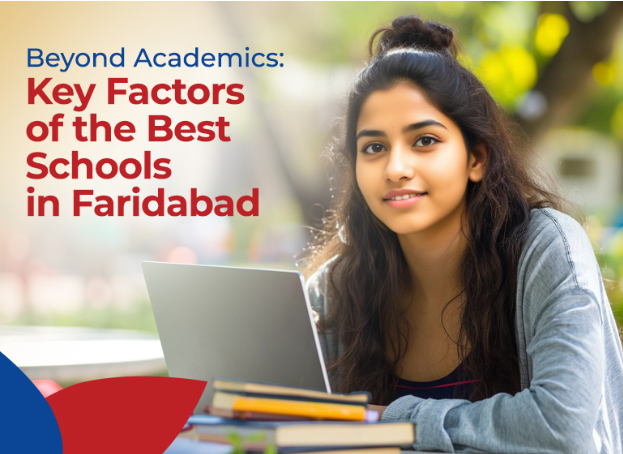Innovative Teaching Strategies in Social Science at MRIS Charmwood


Teaching is a complex craft. In some ways, it is impossible to capture the sophistication of what good teachers do. Yet nothing is more fundamental to achieving the goal of success for every student than high-quality teaching. This can be achieved through various strategies that make teaching-learning effective and fruitful.
According to Harry Wong, an educator, author and one of the most sought after speaker in education… “In an effective classroom students should not only know what they are doing but, they should also know why and how…”
The effective teachers at MRIS Charmwood strive to motivate and engage all their students in learning rather than simply accepting that some students cannot be engaged and are destined to do poorly. They believe that every student is capable of achieving success at school and they do all they can to find ways of making each student successful. Effective teachers have high expectations from students in terms of both their standard of learning and their behavior, and they help their students meet those expectations.
Group Project is one of the strategies used by the Social Science teachers at MRIS Charmwood to bring out the best in learners and to maximize their learning. Group projects can help students develop a host of skills that are increasingly important in the professional world. These projects help to reinforce skills that are relevant to both group and individual work, including the ability to break complex tasks into parts and steps, plan and manage time, better and more lucid understanding through discussion and explanation, develop stronger communication skills and so on.
Group projects can also help individual students develop skills specific to collaborative skill sets such as tackling complex problems, delegating roles and responsibilities, thus developing leadership qualities, share diverse perspectives, pool knowledge and skills, develop new approaches to resolving differences, establish a shared identity with other group members and develop their own voice and perspectives in relation to peers.
This strategy is very effective as it often helps to address more complex and authentic problems by groups of students than they could do individually. This also makes teaching – learning more stimulating and unpredictable, since groups may approach tasks and solve problems in novel and interesting ways. This strategy surely breaks the monotony set by the old school lecture method of teaching.
Written by:- Ms. Jayeeta Mitra, Senior wing teacher, MRIS Charmwood.



